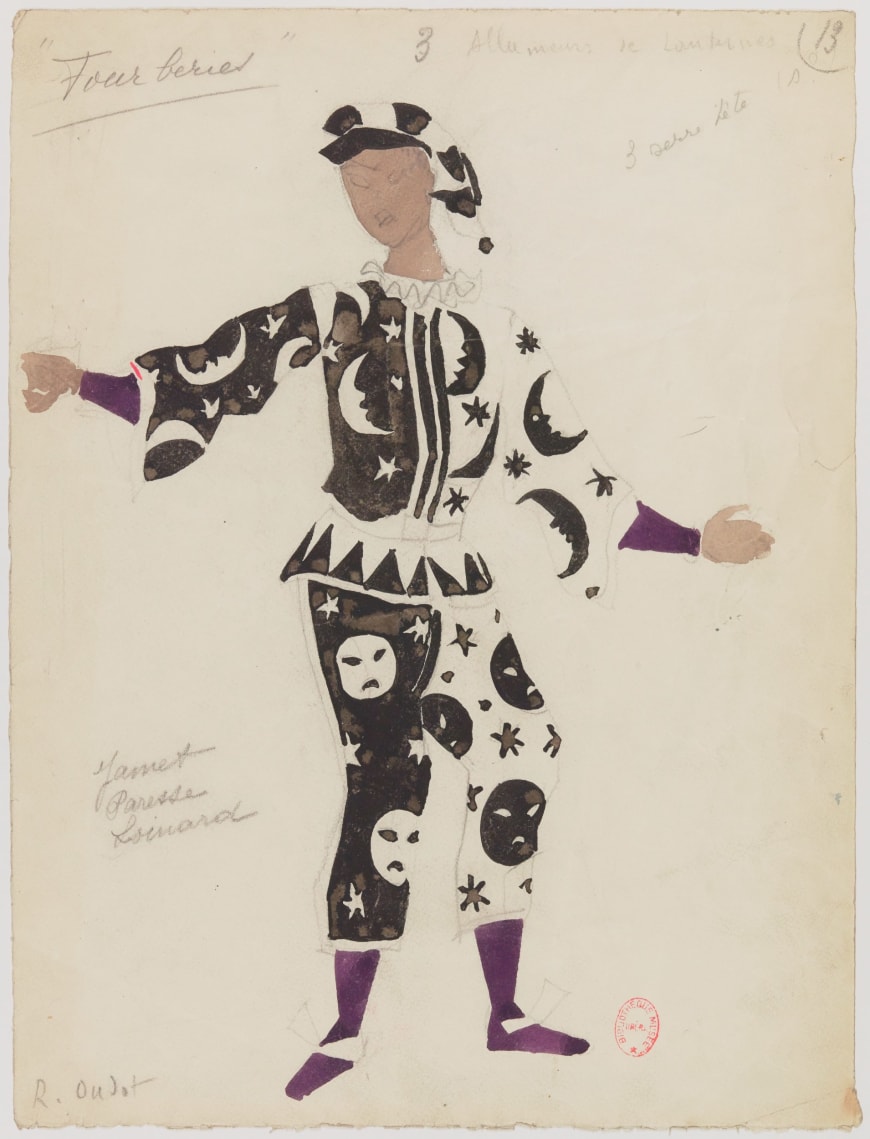Prices
Show / Event
Venue
Experience
No result. Clear filters or select a larger calendar range.
No show today.

The creation of ballets and comic operas based on the works of Molière
Exhibition: "Molière en musiques" (‘Molière and Music’)
From the 18th century on, Molière's works began to be transformed into opéras comiques and ballets. In the century that followed, musicians, librettists and choreographers, inspired by their timeless characters, continued this tradition, which proved popular with the public.
In 1858, Charles Gounod, who had already adapted the music of Le Bourgeois gentilhomme for the Comédie-Française, turned Le Médecin malgré lui (The Doctor in Spite of Himself) into a opéra comique in Paris. A little later, Ferdinand Poise adapted L'Amour médecin (Love is the Doctor) for the Opéra-Comique.
In the 20th century, the Ballets Russes and Serge Diaghilev sparked a craze for choreographic adaptations of Molière's work. In 1924, Diaghilev commissioned Boris Kochno to compose the scenario for a ballet based on Les Fâcheux. Georges Auric's music, Bronislava Nijinska's choreography and Georges Braque's sets and costumes conjured up the Grand Siècle, which was very much in vogue at the time.
In 1952, Serge Lifar and Robert Manuel at the Paris Opera adapted Les Fourberies de Scapin (The Impostures of Scapin) for the 'choreographic comedy' Fourberies. Tony Aubin's music was inspired by well-known themes by Rossini, while Serge Lifar devised the choreography.
Created in 1932 by the Ballets Russes de Monte-Carlo, George Balanchine's ballet Le Bourgeois gentilhomme, with music by Richard Strauss, was based on a libretto by Boris Kochno. In 1979, the work was revived by the New York City Ballet with a new choreography by Balanchine, together with Jerome Robbins, and then by the Paris Opera (1979) with Rudolf Nureyev and Noëlla Pontois.
Gallery
1/3
Immerse in the Paris Opera universe
Business Space
Back to top
















